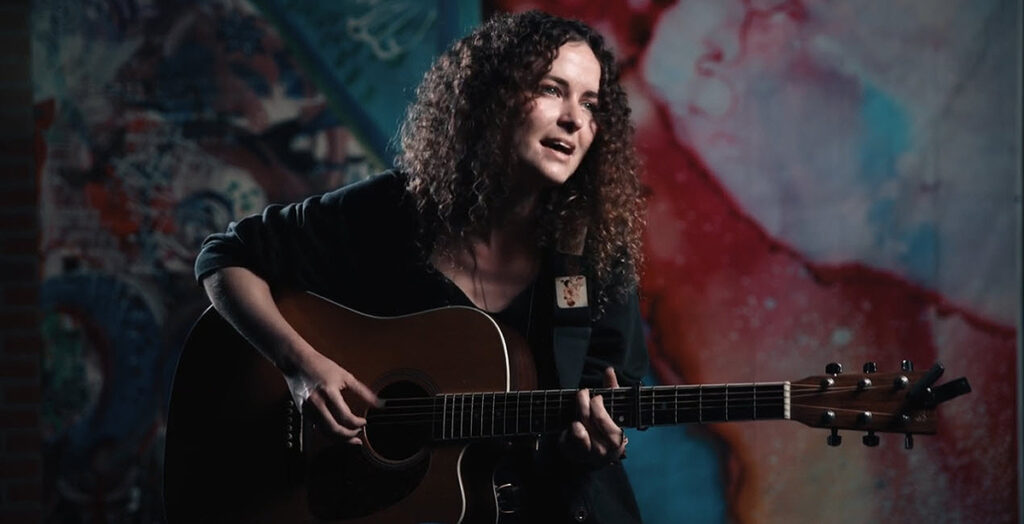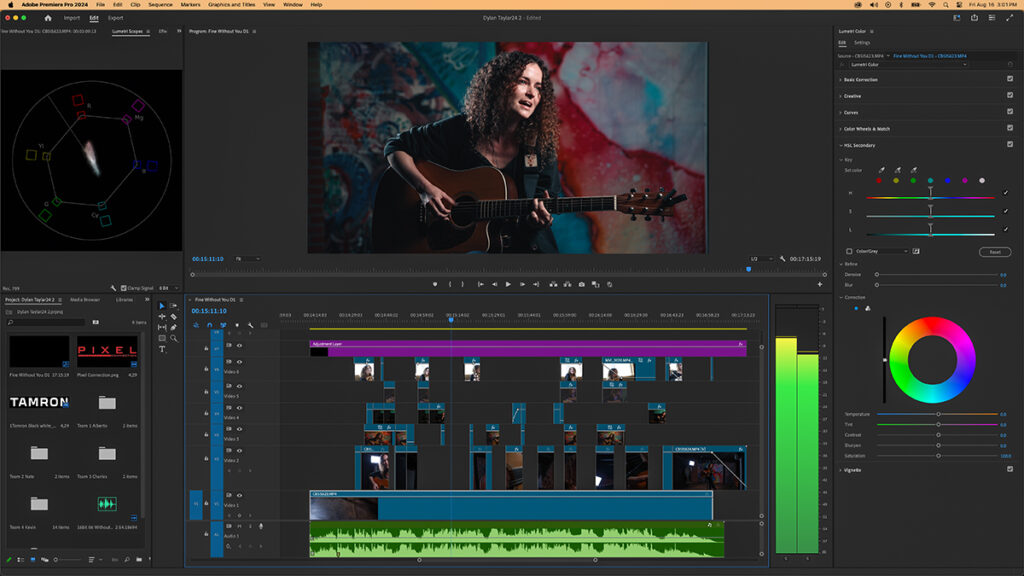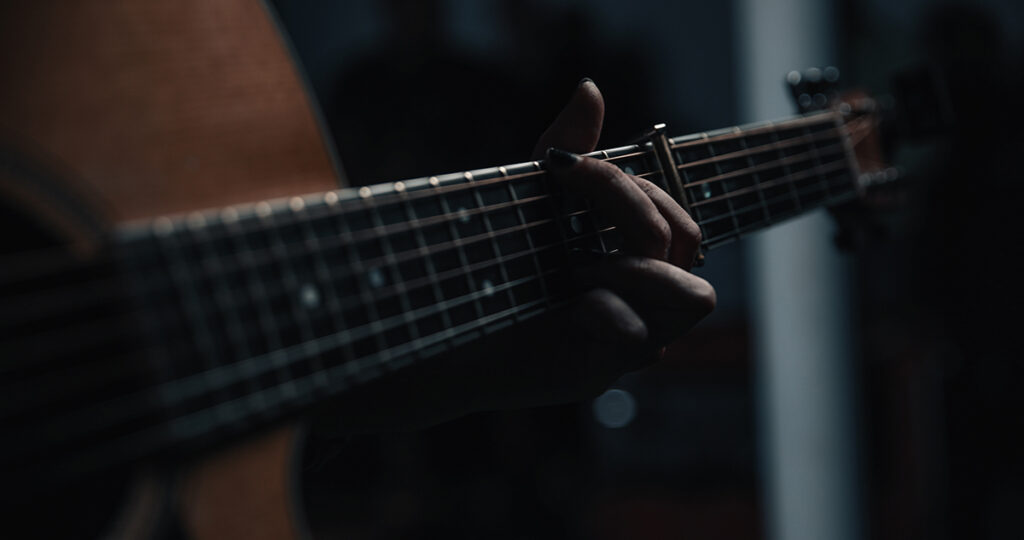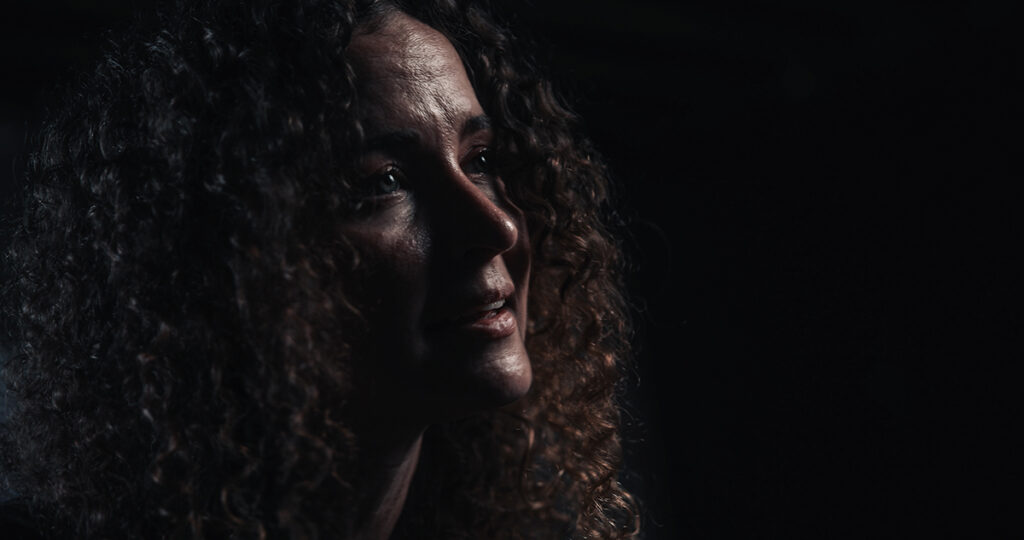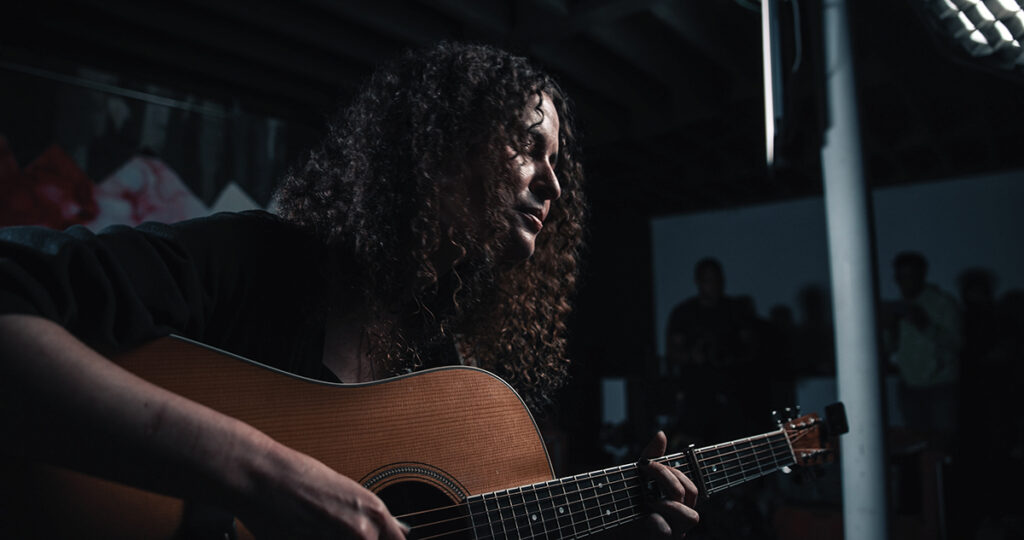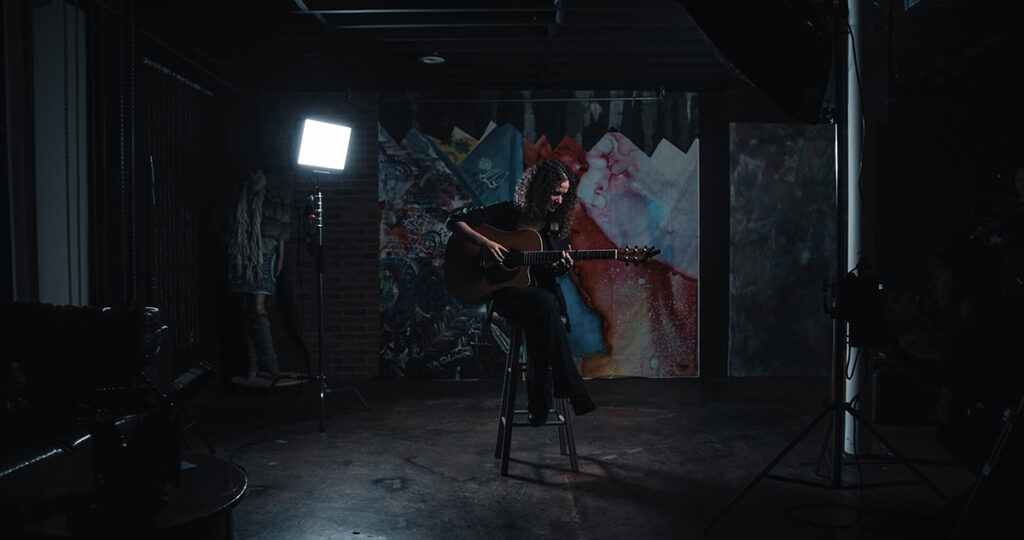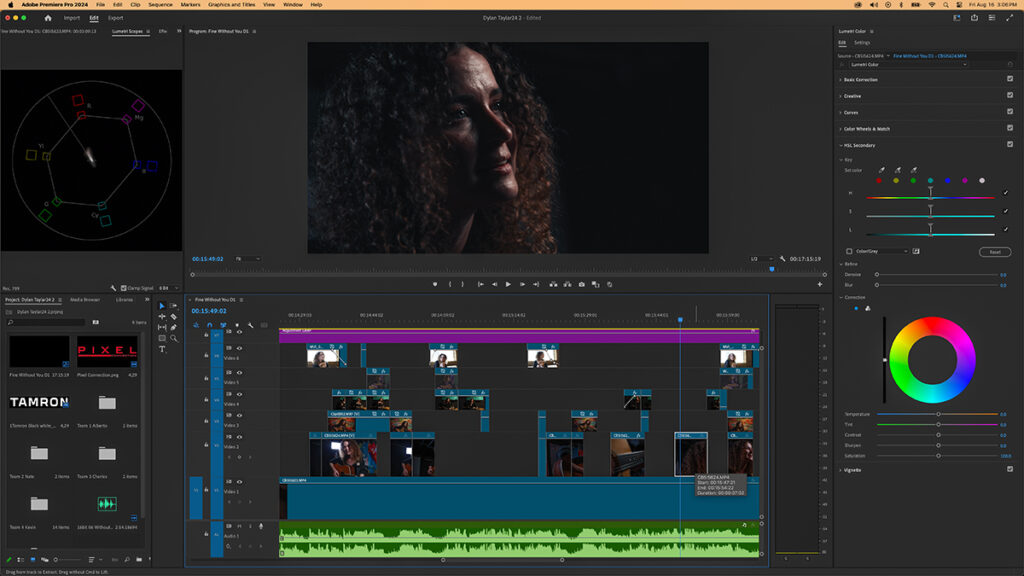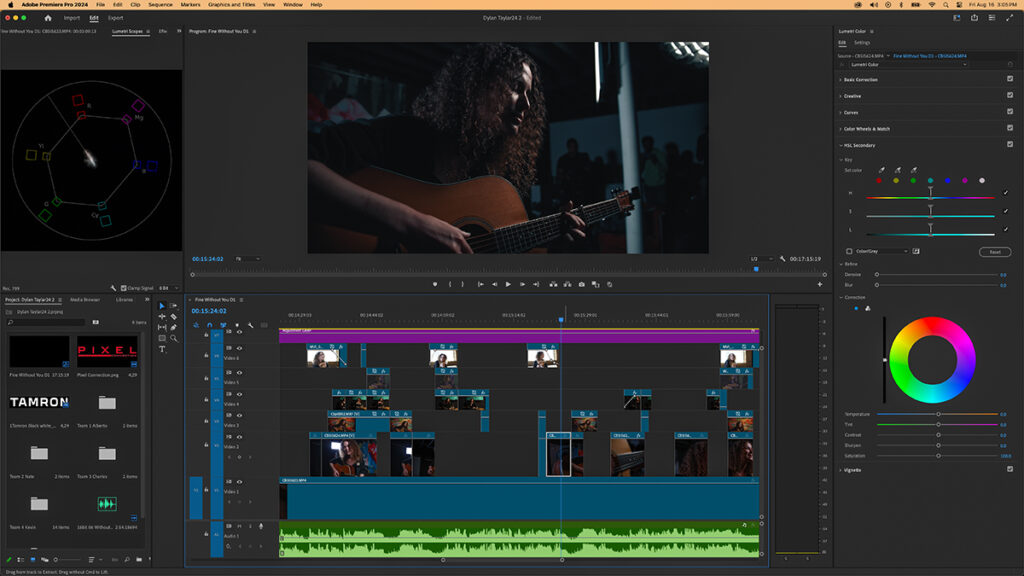If you’re looking to create visually captivating music videos with minimal gear and setup, look no further. This two-shot tutorial by acclaimed filmmaker Charley Voorhis offers a masterclass in simplicity and storytelling. Using just a master shot and a variable shot, Charley clearly demonstrates how to build dynamic, performance-driven videos. As a result, these videos captivate audiences without relying on complex editing or excessive takes. Whether you’re a budding videographer or a seasoned content creator, his practical, image-rich guide seamlessly walks you through shooting and editing. Finally, it shows you how to polish your music video using only two well-planned angles—delivering professional results with minimal fuss.
Images and tips by Charley Voorhis
What you will learn in this post:
- How to plan and execute a compelling performance music video using only two camera shots
- The difference between a master shot and a variable shot—and how each contributes to the final edit
- Techniques for syncing and editing video tracks efficiently to stay in rhythm with your audio
- Tips for adding polish with creative cuts, color grading, and transitions during post-production
- Advice on scaling the two-shot method for multi-take projects and syncing live audio performances
TIP 1: Shoot a Master Shot
This shot in our two-shot music video tutorial should be aesthetically pleasing and reliable. In fact, I think of this shot as the foundation of the music video. That’s because I can rely on cutting to it at any given time throughout the performance. For this reason, I take little to no risks in this take and really let the musician’s performance carry the shot. Most of the time, I lock this shot off static, though I occasionally incorporate slow, stable pans or dollies for subtle movement..
By the way, my shots for this video were created with the Tamron 35-150mm F/2-2.8 Di III VXD. Thanks to its impressive low light capabilities, it was ideal for capturing the atmosphere I needed..
Click images below to view video clips.
TIP 2: Shoot a Variable Shot – The second in this two-shot music video tutorial
The main purpose of this shot is to take risks, explore angles, compositions and movements. I often shoot this shot handheld or on a gimbal and the primary goal of this shot is to capture variety. The more variety of angles and compositions that I get out of this take, the more dynamic my video will be. Therefore, I often encourage the musician to replicate the same performance they gave during the master shot; however, that is a subjective, artistic choice.
TIP 3: Edit the Video
The master shot gets assigned to track one on the video timeline. Ideally, if all went as planned during the shoot, there should be no need to make any cuts to this shot on the timeline. Then, I sync the variable take on top of the master shot on track two. After that, once the two shots are synced with the audio track, I filter out all of the unusable moments of the variable take. This will leave a chopped-up sequence of video on track two. At this point, it’s important that once all the tracks are synced to the audio, the clips don’t get moved forward or backward on the timeline. Doing so will keep all the edited video in sync
TIP 4: Polish the Edit – The final step in our two-shot video tutorial
This stage of the process is all about making creative decisions. At the same time, it’s important to pay close attention to how each shot cuts from one to the next. Moreover, this is also the point in the editing process where I begin making creative choices about the overall look of the video—including color, styles, and transitions.
TIP 5: Special Note
This two-shot music video tutorial mapped out a two-shot project, but this same process can be scaled to include as many takes as you’d like.
Regarding audio: This style of project is most easily accomplished using a pre-recorded version of the song and having the artist perform along with it. If the audio is being recorded live during the takes, it’s highly recommended that each take is performed along with a click track to ensure all the takes will sync up in the edit.
Keep It Simple, Make It Powerful
Creating a performance music video doesn’t have to be complicated. Charley Voorhis shows it only takes two thoughtful shots. A solid master and a creative variable can highlight performance and emotion. These two angles help craft a visually engaging, expressive video. Shooting solo or with a crew, this approach keeps things simple. It lets you focus on storytelling, rhythm, and emotional expression. Embrace simplicity, and let your music video shine with clarity. Impact comes from vision—not complexity.

